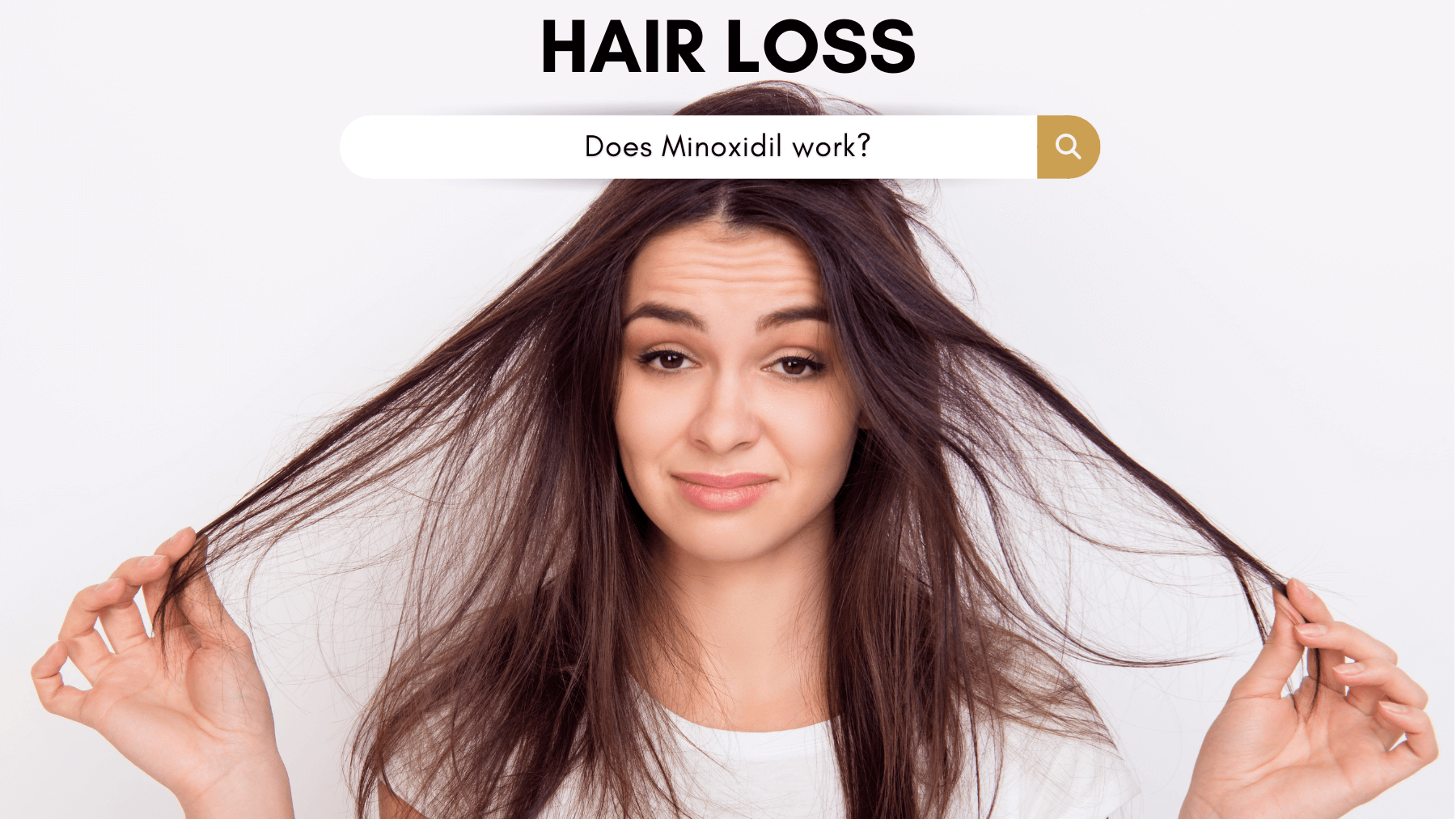Fact or Myth: Oral Minoxidil does it really work for hair loss?
&srotate=0)
SO WHAT IS ALL THE FUSS ABOUT?
A recent New York Times article "An Old Medicine Grows New Hair for Pennies a Day, Doctors Say", caused an influx of patients asking Dr. Doktor, our Board-Certified dermatologist, about oral Minoxidil‘s legitimacy “curing hair loss.”
"I LOVE to help combat our patients' hair concerns and this recent article has created quite a storm. Hair loss is a very personal and an emotional problem that has become very common, especially in the post-pandemic times" says Dr.Doktor.
Despite its growing media popularity, prescribing oral Minoxidil off-label is very common in the dermatology community. It has been prescribed to treat male or female pattern hair loss for quite some time.
WHAT IS MINOXIDIL?
Oral Minoxidil was originally designed as a treatment for high blood pressure in the 1970s and it is still prescribed today for this symptom. Later it was developed into a topical solution for treating hair loss (2% or 5%), which gave birth to the product Rogaine. However over time results started showing a significant trend of increased hair thickening and elongation as a side effect of the medication.
Research supports that a low dose to have no general effect on blood pressure yet achieves improvements in overall hair growth.
DIFFERENCE BETWEEN ORAL AND LIQUID MINOXIDIL
Both have been researched extensively and test data shows positive results for treating hair loss. Your Doctor will guide the best treatment approach for you. Typically oral is prescribed when:
- Topical form causes a rash or the patient has a history of irritation or allergies
- Topical form causes poor hair texture
WHAT DOES MINOXIDIL DO?
To understand how Minoxidil works, we need to understand what causes hair loss first. The most common cause of hair loss is genetic, a condition known as androgenetic alopecia. This hereditary condition is progressive and causes hair follicles to shrink, producing thinner, finer hairs over time.
Eventually, the follicle stops producing hair altogether. For men, it’s often called male pattern baldness because it follows a pattern of loss at the temples and/or crown. For women, hair loss may present centrally as a widening part, or thinning all over.
Although the exact mechanism by which Minoxidil works is not fully understood, minoxidil is a vasodilator, meaning it widens the blood vessels to deliver more oxygen-rich blood to the hair follicles. Minoxidil also helps increase the size of hair follicles, which promotes the growth of thicker, stronger hairs. In addition, the topical treatment shortens the resting phase of hair growth, which means your hair stays in the growth phase longer. Keep in mind that an increase in hair growth may occur all over the body and not just the scalp. So does it work? -- yes. The treatment is less successful for those patients who have already lost their hair.
SIDE EFFECTS
The most common side effects for using Minoxidil include:
- Swelling in the face, ankles, hands or stomach
- Lightheadedness
- Hair growth in other areas
Please make sure you speak to a doctor to see if Minoxidil is the right treatment for your type of hair loss.
ALTERNATIVES
Other common treatments for hair loss include PRP (Platelet Rich-Plasma), which we have treated many patients with and together with a plan devised by our doctor have produced amazing results. Find out more here .
WANT TO KNOW MORE?
Concerned or want to know more, book an appointment with our team and we'll happily share more information. You can also learn more about hair loss here and other treatments we offer.
&srotate=0)